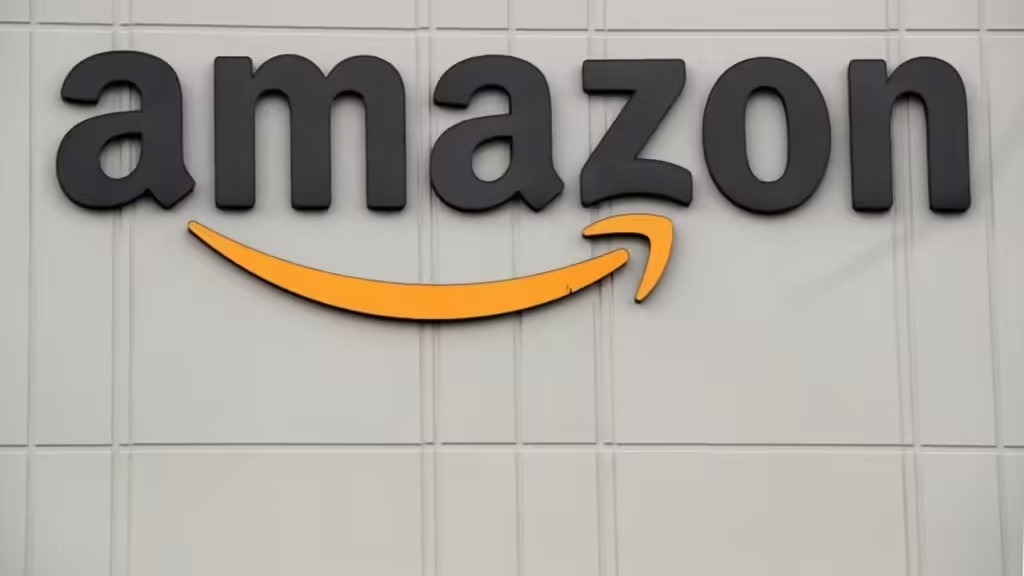Amazon to use computer vision for detecting defects
Amazon is planning to use computer vision and AI to ensure customers receive products in perfect condition and to support its sustainability efforts. This new initiative, called “Project P.I.” (short for “private investigator”), scans millions of products daily in Amazon’s North American fulfilment centres to detect defects.
Amazon to use computer vision for detecting defects

Project P.I. uses AI and computer vision to find issues like damaged products or incorrect colours and sizes before they reach customers. It not only spots defects but also helps identify their causes, allowing Amazon to fix problems early. This system has been very effective, accurately identifying product issues among the vast number of items processed each month.
Amazon to use computer vision for detecting defects

Before shipping, each item goes through an imaging tunnel where Project P.I. checks its condition. If a defect is found, the item is set aside for further inspection. Amazon staff then review these items and decide whether to resell them at a discount on Amazon’s Second Chance site, donate them, or find other uses. This technology enhances manual inspections and will expand to more locations this year itself.
Amazon to use computer vision for detecting defects

Dharmesh Mehta, Amazon’s VP of Worldwide Selling Partner Services, said the goal is to ensure a perfect customer experience every time. By using AI and imaging, Amazon can catch damaged products before they reach customers, benefiting customers, sellers, and the environment.
Amazon to use computer vision for detecting defects
Project P.I. also supports Amazon’s sustainability goals by reducing unwanted returns, wasted packaging, and extra carbon emissions from additional transportation.

Kara Hurst, Amazon’s VP of Worldwide Sustainability, said AI helps prevent defective items from leaving facilities, reducing unnecessary carbon emissions.
Amazon to use computer vision for detecting defects
Additionally, Amazon uses AI with a Multi-Modal LLM (MLLM) to investigate why defects occur, especially when customers report issues. This system helps small and medium-sized businesses, which make up over 60% of Amazon’s sales, by providing accessible defect data to quickly fix problems and reduce future errors.








